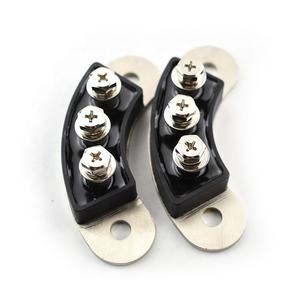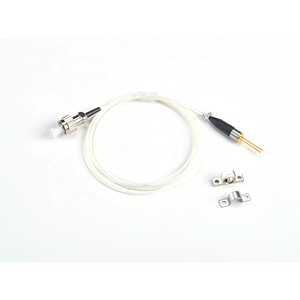Thyristors Online | High-Quality Power Semiconductors
Thyristor Hideouts: The Secret to Keeping Your Electronic Guardians Alive and Kicking
(Where to Safely Store Thyristors for Longevity and Efficiency)
Imagine thyristors as the unsung heroes of your electronics—tiny titans that control power flows with the precision of a ninja. But even ninjas need a safehouse. Storing these semiconductor warriors the right way isn’t just about tossing them in a drawer; it’s about creating a zen garden for their longevity and peak performance. Let’s dive into the art of thyristor storage, where science meets a sprinkle of common sense—and maybe a dash of drama.
First Rule: Keep It Cool (But Not *Too* Cool)
Thyristors hate drama, especially the temperature kind. Picture them as Goldilocks: they want their environment just right. Too hot, and their silicon souls start to degrade. Too cold, and they might throw a tantrum when you warm them up again. Aim for a stable spot between 10°C to 40°C (50°F to 104°F). Avoid places like attics (sauna vibes) or garages (polar expedition territory). A climate-controlled room? Now we’re talking. Think of it as a spa day, every day, for your thyristors.
Humidity: The Silent Killer
Moisture is the Voldemort of electronics—always lurking, never welcome. High humidity invites corrosion, turning pristine leads into rusty relics. Too dry, and static electricity becomes a sneaky assassin. The sweet spot? Around 40-60% humidity. Throw in some silica gel packets or a dehumidifier for good measure. Your thyristors will thank you by not staging a rebellion via mysterious malfunctions.
Shield Them from the Static Apocalypse
Static electricity is like a tiny lightning bolt with a grudge. One zap, and your thyristor’s delicate guts could fry faster than a mosquito in a bug zapper. Store them in anti-static bags or ESD-safe containers—think of it as giving them a suit of armor. Avoid plastic bins or Styrofoam, which are basically static’s best friends. When handling, channel your inner zen master: ground yourself, use an anti-static wrist strap, and pretend you’re defusing a bomb. Gentle wins the race.
No Squish Zones
Thyristors might be tough, but they’re not fans of being crushed, bent, or used as paperweights. Store them in their original packaging if possible, or nestle them into foam-lined organizers. If you’re a DIY enthusiast, small plastic cases with dividers work like a charm. Label everything unless you enjoy playing “guess the component” later. Pro tip: Vacuum-sealed bags add an extra layer of protection against dust and accidental squishing.
Avoid Chemical Warfare
Keep thyristors away from harsh chemicals, solvents, or fumes. These aren’t frat house party guests; they’re more like monks in a library. Even mild cleaning agents can corrode contacts or degrade materials over time. Store them in a clean, sealed environment—away from garages, workshops, or that corner where you occasionally spill coffee.
Organization: Because Chaos Is Overrated
A tidy storage space isn’t just for Instagram influencers. Group thyristors by type, rating, or project, and label containers like your sanity depends on it (spoiler: it does). Use transparent bins for quick visual checks, and keep a digital inventory if you’re feeling fancy. Bonus points: You’ll avoid the panic of tearing apart your lab at 2 a.m. hunting for a specific part.
The Grand Finale: Check-Ups Are Sexy
Even in paradise, things age. Inspect stored thyristors every 6-12 months for corrosion, bent leads, or suspicious crustiness. Test a few random units to ensure they’re still kicking. Replace aging silica gel packs and refresh labels. Think of it as a yearly physical—for your components.
(Where to Safely Store Thyristors for Longevity and Efficiency)
In the end, storing thyristors isn’t rocket science—it’s about respect. Treat them like the VIPs they are, and they’ll repay you with decades of loyal service. Now go forth and build something awesome, knowing your electronic guardians are safe, sound, and ready to rock.


